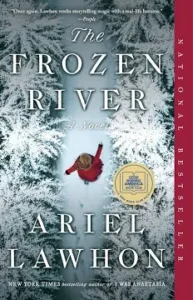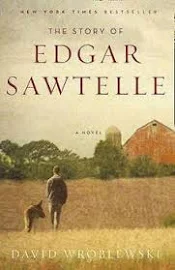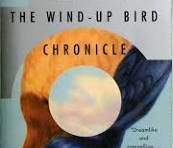Justin Torres
Fiction 2011| 126 pages
![]()
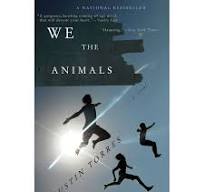
This is a stark, dark, painful, and disturbing book. The Puerto Rican father is violent, mean, irrational, emotionally unhealthy. The mother is emotionally unhealthy and allows herself to be victimized, but is otherwise a sort of empty figure.
The three boys, three brothers, Manny (the eldest), Joel (in the middle) and the never-named youngest (the narrator), lead lives that are at best confusing and at worst unsalvageable. I often thought while reading We the Animals, that "boys will be boys". They steal tomatoes. They throw a rock through the window of an apparently abandoned vehicle. They buy milk for a cat who just just gave birth to a litter of kittens in a dumpster. But then they also take quite mean and anti-social actions as well (mostly taught to them by their father.) Frequently you can read literally or between-the-lines that the boys are also crying out to love, be loved, and have normalcy in their lives.
I can't find the redeeming message, except to lay blame at the foot of an uninformed, uneducated couple who did not know how to raise children. I also find I am quite angry at the author at the ending ... again blaming the parents for behavior they don't like and allegedly created.
All the boys really want is love.
I can't come up with a really good reason to read; it is simply depressing.
I will be FASCINATED to hear what you liked about this book, Rene, enough to recommend it to your book club! Clearly, we have seen different attributes.
August 2025

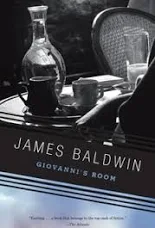


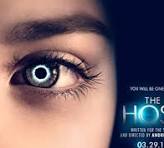
 Sorry, my friend Mary, I simply did not like this book, which takes place in Holland in 1961. I found it overly sensual and overly sexual. I am not prudish, there was just such suddenness and surprise in the critical relationship, it did not resonate as true.
Sorry, my friend Mary, I simply did not like this book, which takes place in Holland in 1961. I found it overly sensual and overly sexual. I am not prudish, there was just such suddenness and surprise in the critical relationship, it did not resonate as true.